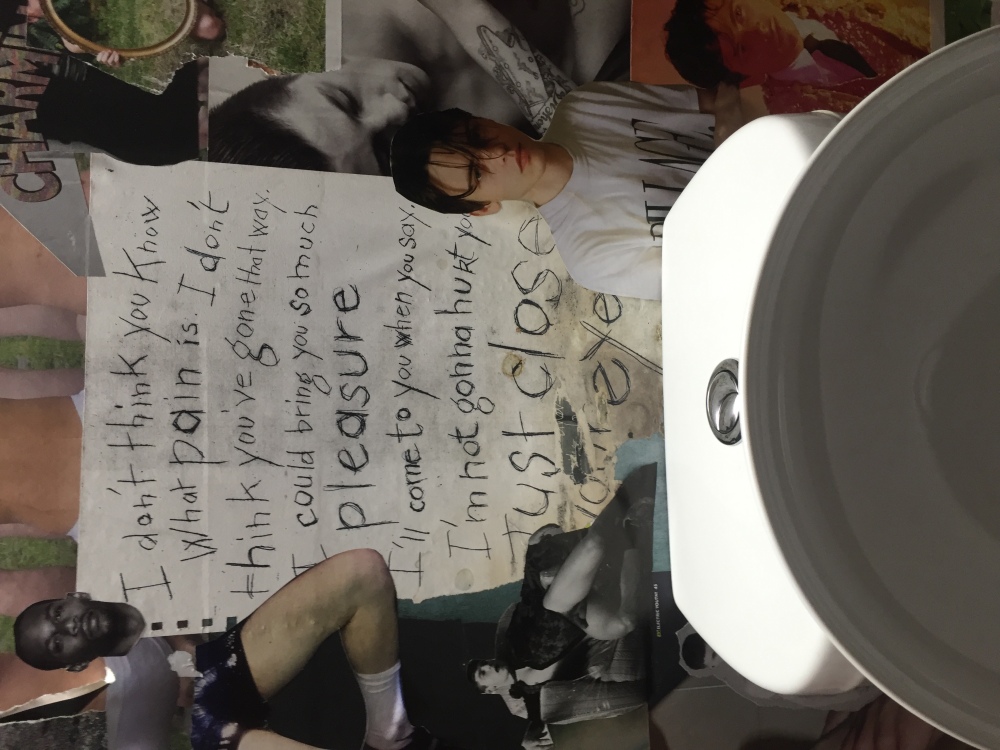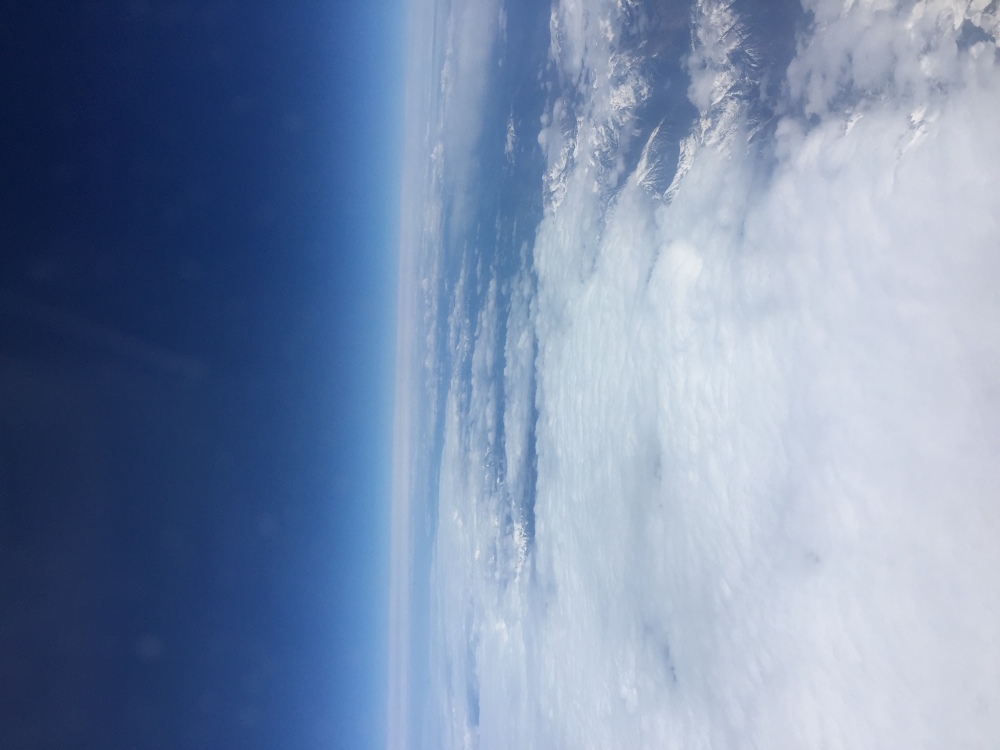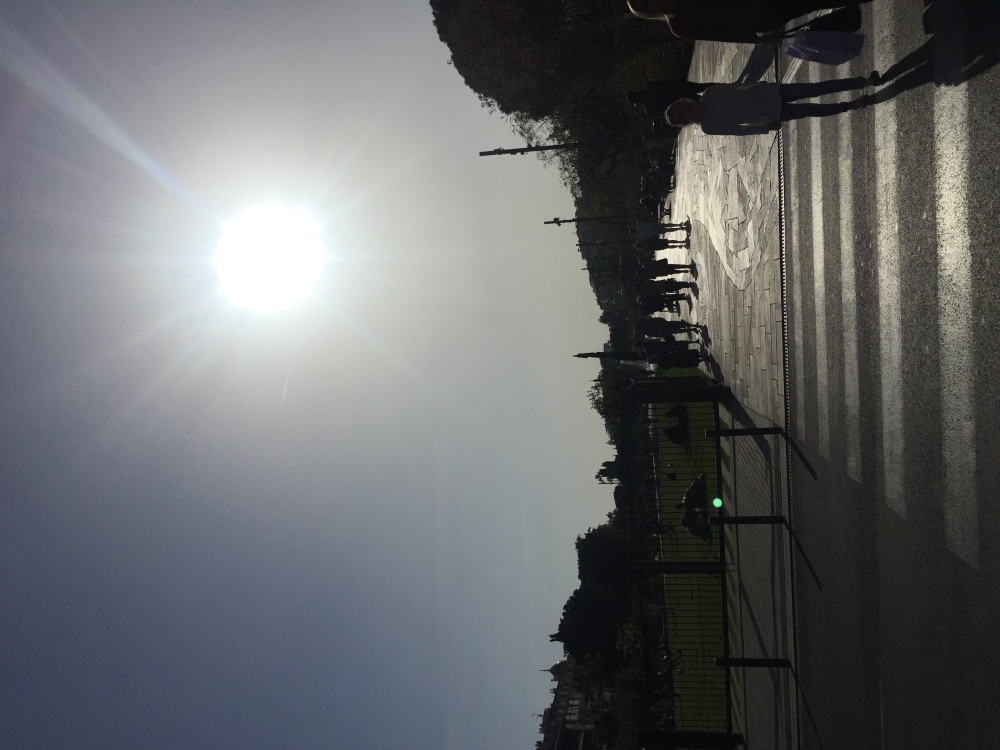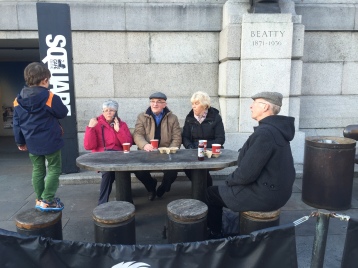Module Reflection
I took this module because I was interesting in learning and exploring London. I knew that I wanted to document my experiences through photography as well and I was hoping that this module would help improve my skills and give me a better understanding and knowledge of the subject. I have not taken much time in my life to research or go look at photographic exhibitions. If I go to a museum of gallery, it is usually for paintings, sculpture, or music. I did not have extensive knowledge on photographers or their varied plethora of techniques. I was very grateful to have gone to places to analyze that and learn how to apply it to me own photography. It was never that I was taking bad photographs before, but they just could have been better. I had my style before I can to class, but it was more working to define and expand its abilities.
What surprised me the most is that I actually like photography. I always thought of it as a chore before. I could admire the art or craft and praise those who were good at it. However, I was never very good and did not ever find the desire to get behind the lens an document my experiences and world that way. This module forced me to take photographs and learn that there are so many ways to do it, that one of them I have to like.
This class got tedious at times and I will admit, I did not always want to be engaged. But I never stopped wanting to learn and talk about the photography from the module. I hated updating the blog throughout the module, but now I am happy that I have it. I learned a lot about my own approaches to photography, but also everyone else’s. I learned to take what I analyzed and apply it to what I wanted to create. The photographic recreations allowed me to see what my eyes were good at picking up on, and then trying to recreate the technique.
Overall, I enjoyed this class. It was a lot of work, but I am glad I have some of it on the internet forever.





















